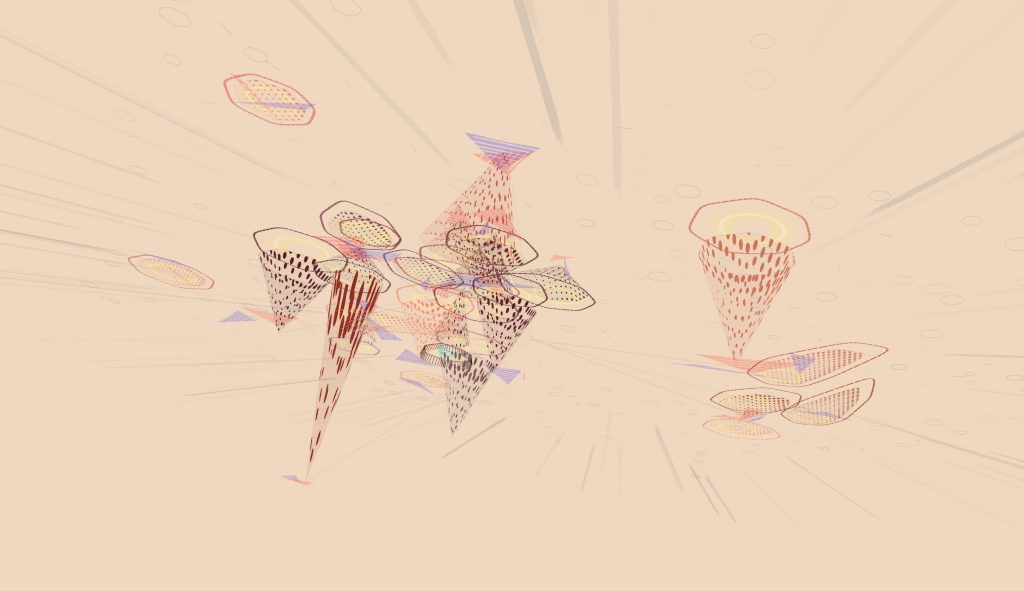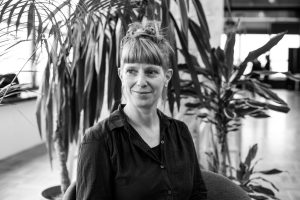Julie Freeman (UK) – Meta.Morf 2018 Conference @ Dokkhuset, March 9 – 10, 2018.
See full program here.

Naked mole-rats have a eusocial, altruistic, and arguably ‘utopian’ lifestyle. Like other eusocial organisms such as honeybees or ants, naked mole-rats’ society is structured around a single breeding female. Other community members help to raise the young, provide food and protect the home. Their cooperative lifestyle leads them to living in an environment where lone individuals have little chance of survival; it is the colony as a whole which has the strongest chance of success.
As we observe the colony’s activity patterns we are invited to consider what we might stand to gain or lose were we to restructure human society in this way. Would non-breeding females be considered selfish or selfless? How would political, economic and other systems need to be re-routed to serve the interests of the whole rather than the individual? What would become of the individual? We may question whether we, like naked mole-rats, could became eusocial, and consider how this would this alter our expectations of own gender identities, actions or motivations.
In this talk Julie will discuss Rodent Activity Transmission systems (RAT.systems) – an experimental multi-part art and science project which draws on real-time data from a colony of naked mole-rats and includes animation, visualisation and soft robotic sculptures. Creating work with live data transmissions from living systems can help us understand alternative ways of structuring society and stimulate unexpected connections to the natural world.
RAT.systems is a collaboration between Julie Freeman (Translating Nature) and Dr Chris Faulkes. Funded by Arts Council England and the Centre for Public Engagement at Queen Mary University of London.

Julie Freeman translates complex processes and data from natural sources into kinetic sculptures, physical objects, images, sound compositions and animations. Her work explores relationship between science and the natural world; questioning the use of technology in how we translate nature – whether it is through a swarm of zoomorphic butterflies responding to air pollution levels; a lake of fish composing music; a pair of mobile concrete speakers that lurk in galleries spewing sonic samples; by providing an interactive platform from which to view the flap, twitch and prick of dogs’ ears; or enabling a colony of naked mole-rats to generate animation.
Julie’s focus is the investigation of data as an art material, using it to create work which reflects the human condition through the analysis and representation of live animal data. A mix of computer scientist, artist and speculator, Julie seeks potential correlations between disparate concepts and systems and combines them. She often works collaboratively and experimentally with scientists.
Over the past 15 years, her work has been shown at leading institutions including: the Victoria & Albert museum, London’s Institute of Contemporary Art, Kinetica, Open Data Institute, Barbican Centre, and the Science Museum, as well as internationally in Brazil, Croatia, Lithuania, Luxembourg, Russia, Singapore and the USA. Julie has won awards from the Wellcome Trust, the Arts Council, and a fellowship from Nesta.
Julie is a TED senior fellow.